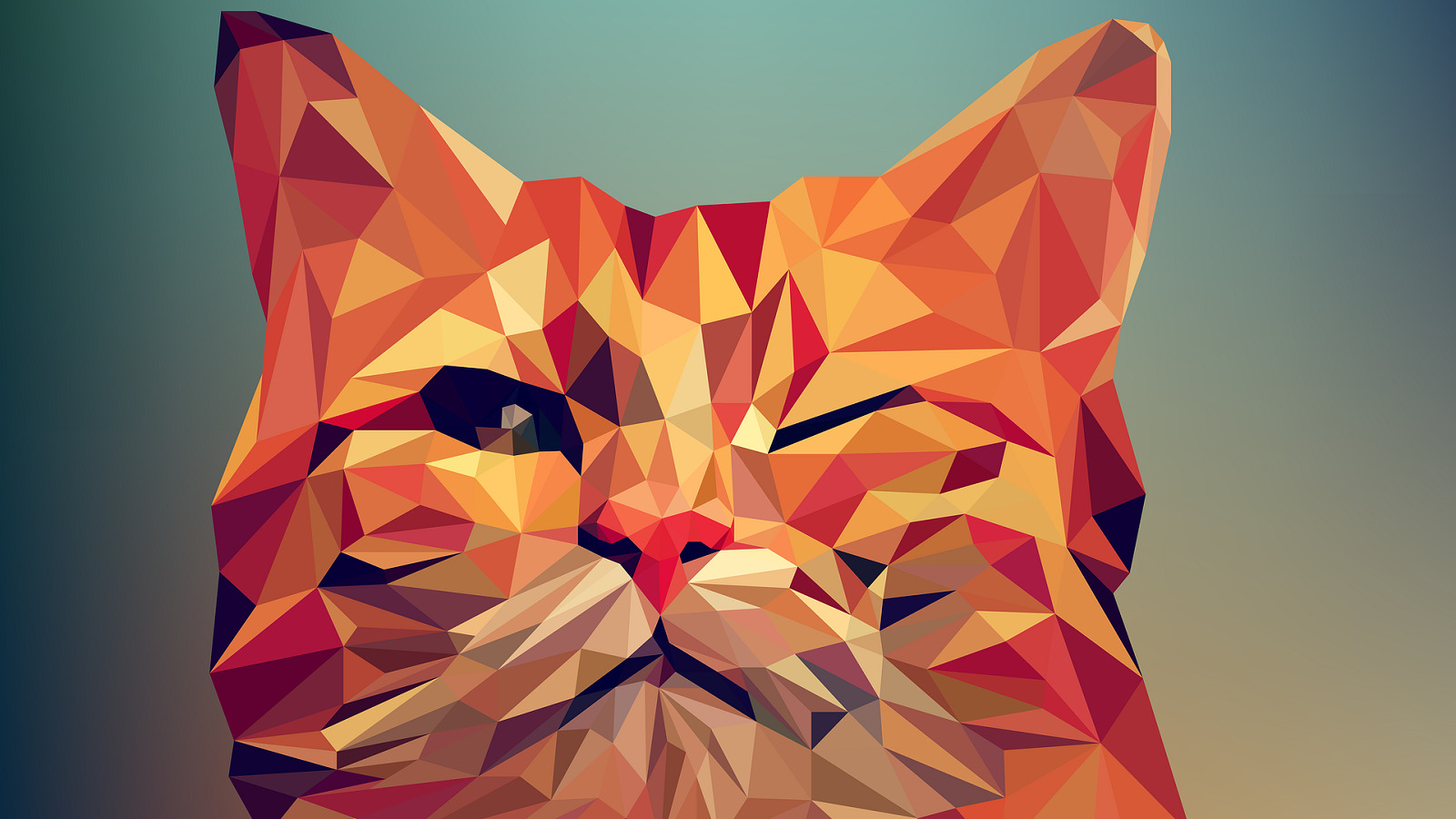
If you were asked what you think is the most coveted and valuable resource of our days, what would you answer? Energy sources? money? weather? It could be, but…
In the times we live in, The most valuable resource is our attention.
Companies and brands know this. And those who do not know, are condemned to know if they want to survive.
Whatsapps, emails, social networks, ads… Thousands and thousands of hits daily that fight each other trying to steal our shrinking attention span. In an environment in which digital immersion is not only the order of the day, but threatens to go much further (future Metaverse), it is not surprising that companies invest increasingly large amounts of money, time and talent in strategies that allow them to be “the one who fishes more and better” in this fishbowl in which mental dispersion abounds.
It is well known that to capture the attention of a person several ingredients are needed. Among them are curiosity, relevance, persuasion, emotions or trust, but today we are going to focus on a much more visual and tangible ingredient. The graphic design.
When we talk about graphic design we usually think of logos, colors, fonts, visual styles… But, what if I told you that graphic design is actually the Ultimate Persuasion Weapon? But before we ‘get into flour’, we must understand what graphic design really is.
The graphic design It was designed to solve communication problems. To make people understand and feel things without having to write or even mention them. This means that, unlike other types of communication, graphic design has a brutal effectiveness in tenths of a second. And this happens simply because we are mainly visual beings.
According to different studies, 90% of the information that we collect in our brain is visual. We are capable of processing images up to 60,000 times faster than text. Therefore, it is normal that we also retain that information better. We can remember up to 80% of everything we see. A percentage that literally sweeps other communication formats, taking into account that we only remember 10% of what we hear, or 20% of what we read. The difference is abysmal.
How does graphic design capture our attention?
The first and most important thing is to understand that it is not enough to design something showy or visually attractive and that’s it. That doesn’t work like that. When design is based solely on aesthetics and lacks functionality, it becomes mere decoration. And the decor it can make a stay more attractive, but it does not help meet objectives or put money in the box.
Design must have a purpose. A function. and that function it arises from a plan, from a strategy.
If we return to the idea that graphic design is a tool designed to solve communication problems, the first thing would be to understand what is the most important thing we want to communicate to obtain the result we need. Once we know it, the next thing would be to think about how we should communicate it so that it is attractive, relevant and attractive to our audience.
With a serious and professional but empathetic tone? With a close, simple and fresh form?…
There are as many variables for these communicative traits as there are people in the world, and the choice of one or the other will depend above all on what we seek to make feel, but also on the personality of our brand on the one hand, and that of the people we we want to attract by another, since both personalities they should be aligned to “speak in the same language”.
Finally, now that we know what we want to convey and how we want it to be perceived, it is time to use our Final Persuasion Weapon, aka Graphic Design, to create that desired perception through stimuli and techniques that will activate specific cognitive functions in people’s brains.
How? For example, we can use fonts with round finishes to convey closeness and friendliness, colors strategically so that, with the contrast between them, we guide the observer’s view where we want it to go. We can also highlight with shapes or colors a part of something that suits us so that it is what jumps out to the observer in a deliberate way, even make use of rhetorical figures through images and symbols…
In short, we can use the power of design to create environments that, in addition to transmitting the message we want, make it aesthetically attractive to lead us to a state of “approval”. To a feeling of pleasure that induces us to pay our attention. And all this without making use of dark patterns (morally questionable techniques that border on manipulation, taking advantage of the “failures” of our brain that would also be given for another article).
Fernando Espejo, strategic brand consultant.